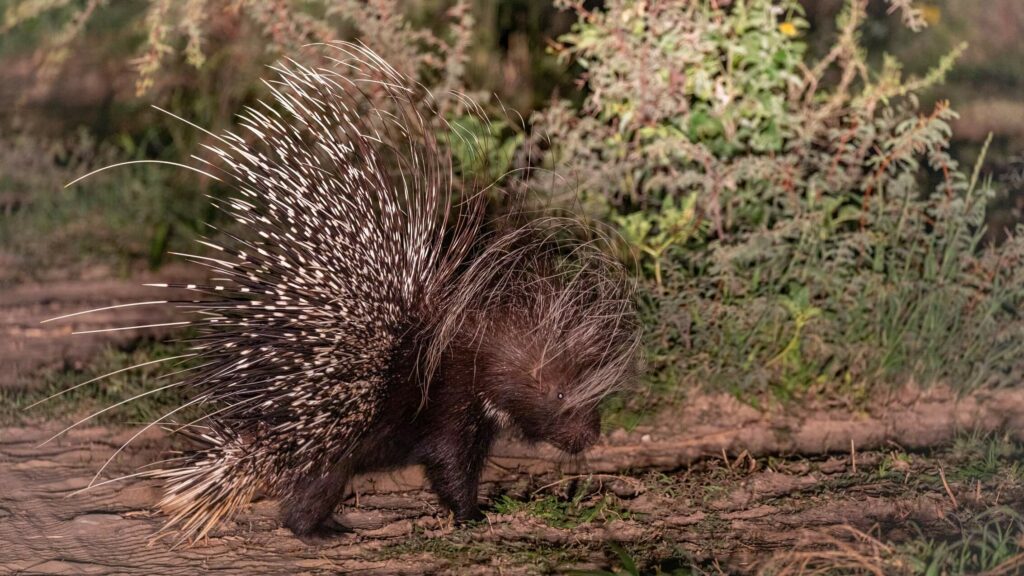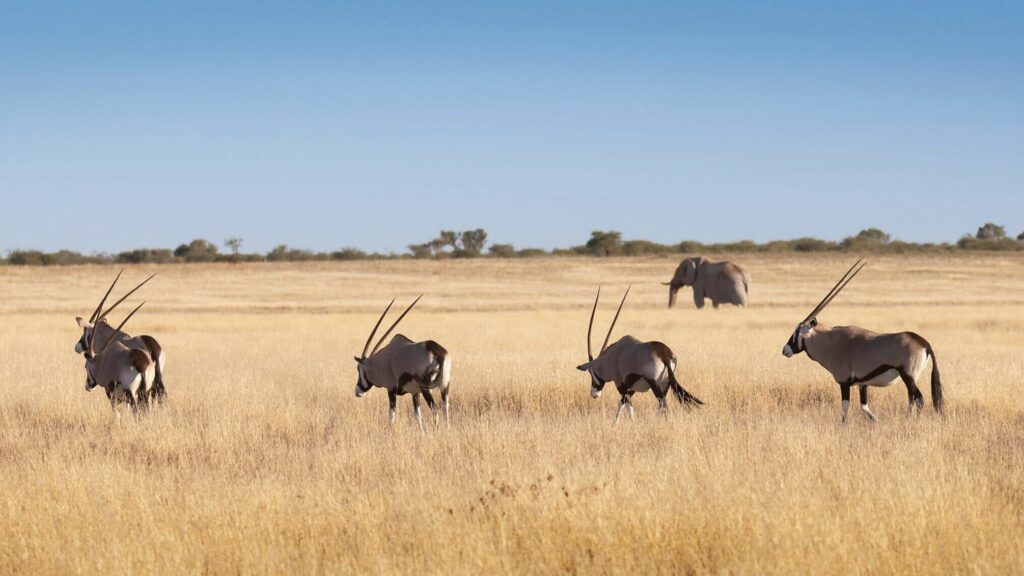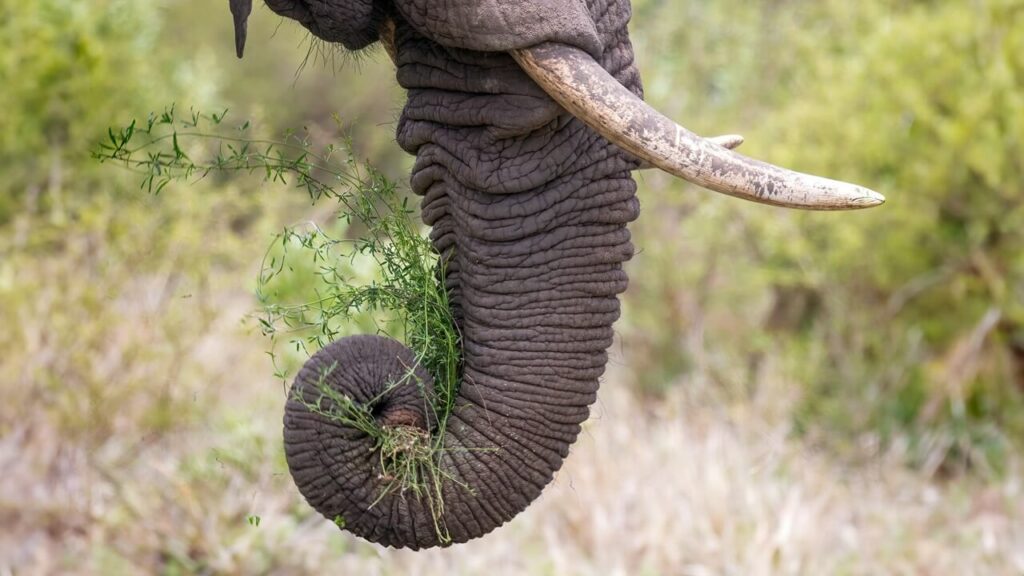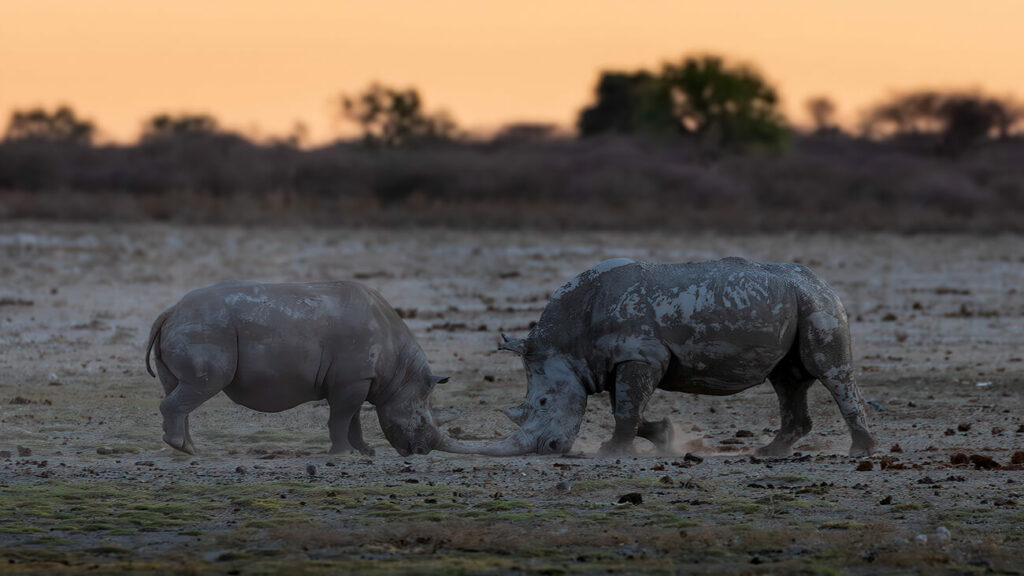Cape Porcupine – The Kalahari’s Prickly Giants
Cape Porcupines, those quill-covered giants of the night, are fascinating creatures with a long history in the African landscape. Also known as the African Porcupine, they belong to the Old World porcupine family (Hystricidae). These impressive rodents have evolved to thrive in a range of habitats, including the semi-arid expanse of the Kalahari Desert.
Physical Description: Size, Quills, and More
Cape Porcupines are the largest rodents in Africa and can weigh an impressive 10-30 kg (22-66 lbs) with their bodies reaching up to 80 cm (31 inches) long. But their most striking feature is their defensive armor – sharp quills that can grow up to 50 cm (20 inches) in length! These modified hairs cover their backs and flanks, offering a prickly shield against potential predators.

Quickfire Cape Porcupine Facts:
- Weight: Adult Porcupines can weigh between 10-30 kg (22-66 lbs.)
- Speed: Porcupines are slow-moving creatures with a top speed of about 4km/h (2.5 mph)
- Diet: Porcupines are herbivorous, their diet consists mainly of roots, tubers, fruit, and bark.
- Behavior and Social Structure: Porcupines are nocturnal, solitary creatures. They are shy and elusive and spend most of their time in burrows. They communicate with each other through a variety of vocalizations and body language. They are known for their large size and distinctive quills, which they use as a defense mechanism.
- Reproduction: Porcupines breed throughout the year, but peak breeding occurs in the spring and summer. Gestation period is around 112-117 days. Litters typically consist of 1-2 offspring. Offspring are born with soft quills that harden within a few hours of birth.
- Threats: Habitat loss due to human development and agriculture is a major threat to Porcupines. They are also hunted for their meat, quills, and for traditional medicine. Disease can also be a problem for Porcupine populations.
- Conservation Status: Cape Porcupines are considered to be a Least Concern species by the IUCN, with their population decreasing due to habitat loss and hunting in some regions.
Physical Description: Size, Quills, and More
While those quills make them look intimidating, Cape Porcupines are surprisingly slow-moving. Their top speed clocks in at about 4 km/h (2.5 mph), far from a cheetah’s pace! Instead, they rely on their quills, a rattling display, and the safety of their burrows to stay safe.
The Mostly Solitary Life of a Porcupine
Cape Porcupines lead primarily solitary lives, spending much of their time tucked away in their underground burrows. But don’t call them anti-social – they do interact during mating season! Males use a combination of scent marking, vocalizations, and some strutting to signal their availability to potential mates.
Porcupine Families: Small but Mighty
If mating is successful, a female Cape Porcupine will give birth to a litter of 1-2 babies (called porcupettes) after a gestation period of around four months. Newborns are well-equipped for the world, sporting soft quills that harden within hours. Mom takes care of her little ones for several months, teaching them the ropes of porcupine life.
Where in the World Can You Find Cape Porcupines?
Historically, Cape Porcupines had a wide distribution across sub-Saharan Africa. They thrive in various habitats, from savannas and woodlands to semi-arid regions like the Kalahari Desert. Their adaptability is key to their success!
The Kalahari Menu: Roots, Tubers, and the Occasional Fruit
Cape Porcupines are herbivores with a diverse diet centered on roots, tubers, bulbs, and bark, which also provide essential moisture in the arid Kalahari. They’ll occasionally snack on fallen fruits for a sweet treat! While foraging, they play a surprising role in the environment – their digging aerates the soil and helps disperse seeds.
The Kalahari Menu: Roots, Tubers, and the Occasional Fruit
Despite their resilience, Cape Porcupines face threats, primarily from human activities. Habitat loss due to development and agriculture is a major concern. They’re also hunted for their meat and quills and sadly sometimes become victims of roadkill. Conservation efforts, including protected areas, research, and education, are crucial to ensure their long-term survival.
Their Role in the Ecosystem
Cape porcupines hold a surprising amount of power as ecosystem engineers! Their digging habits aerate the soil, promoting plant growth and creating microhabitats for other species. By unearthing and occasionally discarding roots, tubers, and bulbs, they aid in seed dispersal, ensuring the diversity of plant life. Additionally, as a prey species for predators like leopards and hyenas, they play a vital role in regulating food chains and maintaining a healthy balance within the ecosystem.
FAQ’s: Your Cape Porcupine Questions Answered
Encountering Cape Porcupines on a Kalahari Conservation Safari
Experiencing Cape Porcupines in the wild is a special treat! With Working With Wildlife, you may spot these fascinating creatures foraging under the vast Kalahari stars, learn about their tracks and burrows, and even play a direct role in collecting data that helps protect them.
Conclusion
Cape Porcupines are unique and fascinating creatures that are found primarily in sub-Saharan Africa, including the southern regions of Africa such as the Kalahari. They are known for their large size and distinctive quills, which they use as a defense mechanism. They play an important role in the ecosystem by helping to control invasive plant species and aerating the soil through their foraging activities. They also serve as a food source for a variety of predators such as leopards and hyenas.
However, human activities such as habitat destruction, hunting, deforestation, and disease can have a negative impact on their populations. Conservation efforts such as habitat preservation, research, and education can help to mitigate the threats facing Cape Porcupines and ensure their survival.

A Cape porcupine in the road at night
Want to see a Cape Porcupine for yourself? Our Project let’s you join a Kalahari Safari to help African Wildlife or Contact Us for any other questions or read our Testimonials!
Read more about Cape Porcupines here.






